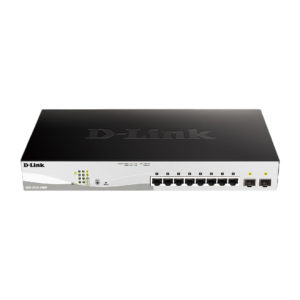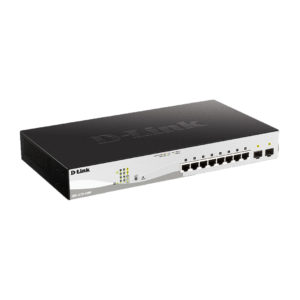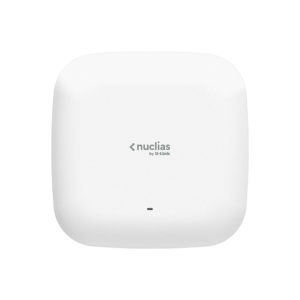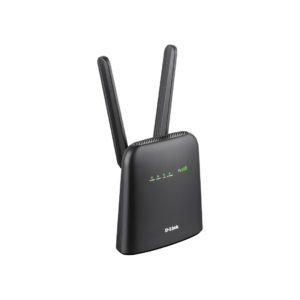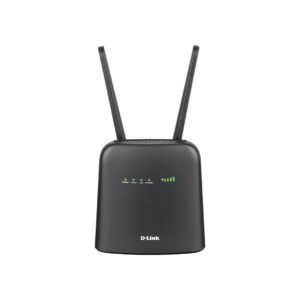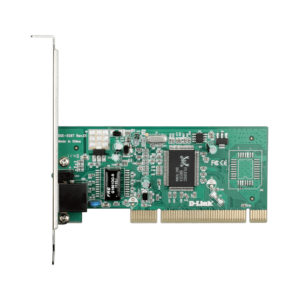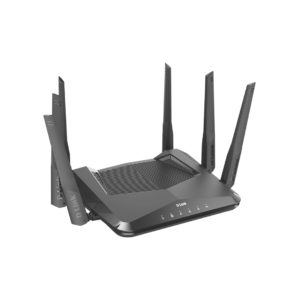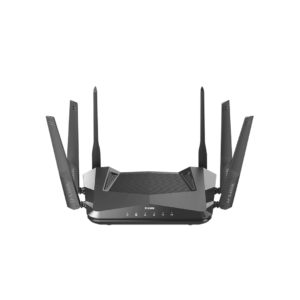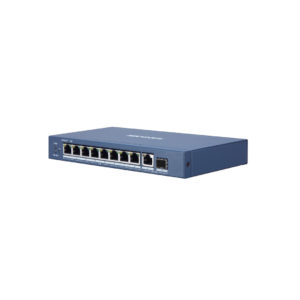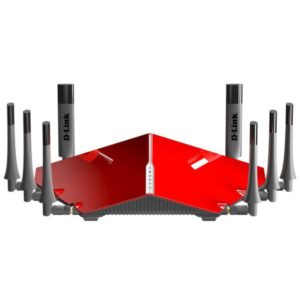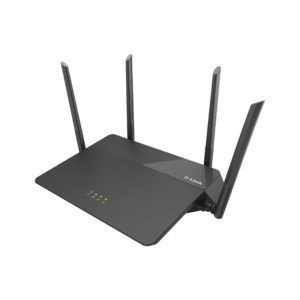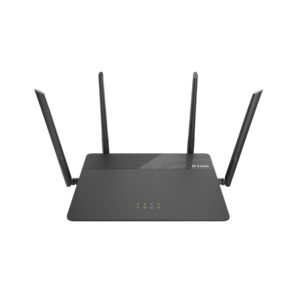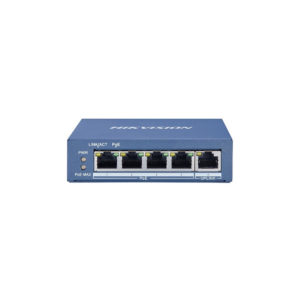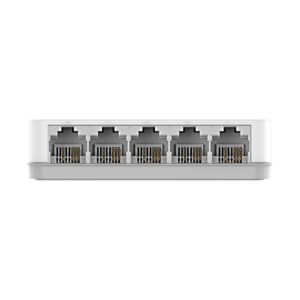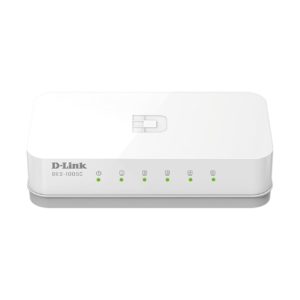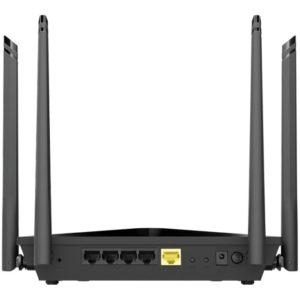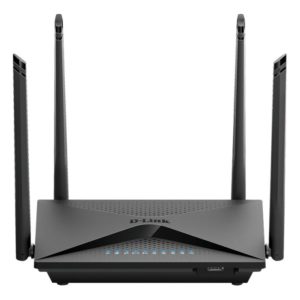View Products by Brands
D-LINK 8-ports 10/100/1000Base-T PoE + 2 SFP ports Smart Switch DGS-1210-10MP
- 10-port Gigabit Smart Managed PoE (130W) Switch with 2-port Gigabit Uplinks
- 8 x 10/100/1000Base-T 802.3af/802.3at PoE, 2 x 100/1000Mbps SFP
- (Port 1-8 Up-to 30W), MAC Address 8K, Fanless, Layer 2+
- Power Budget: 130W
- Maximum Power Consumption (PoE included): 149W
|
General Port Standards & Functions • IEEE 802.3 10BASE-T Ethernet (twisted-pair copper) • IEEE 802.3u 100BASE-TX Fast Ethernet (twisted-pair copper) • IEEE 802.3ab 1000BASE-T Gigabit Ethernet (twisted-pair copper) • IEEE 802.3z 1000Base-X • IEEE 802.3az Energy Efficient Ethernet • IEEE 802.3x Flow Control\ • IEEE 802.3af • IEEE 802.3at • Auto-negotiation
Number of Ports
Network Cables
Full/Half Duplex
Media Interface Exchange
Performance
Transmission Method
MAC Address Table
MAC Address Update
Maximum 64 bytes packet forwarding rate
Packet Buffer Memory
|
Access Control List (ACL) – TCP/UDP port – 802.1p priority queue – VLAN – MAC address – IP address – EtherType – DSCP – Protocol type – IPv6 traffic class
Security • Broadcast/Multicast/Unicast Storm Control • D-Link Safeguard Engine • Traffic segmentation • SSH v2 • SSL • TLS v1.0 • DoS attack prevention • 802.1X Port-based Access Control • Port Security – Supports up to 64 MAC addresses per port • ARP Spoofing Prevention – Max. 127 entries • DHCP Server Screening • IP-MAC-Port Binding (Smart Binding) – ARP Inspection – IPv4 Inspection – IPv6 Inspection – DHCP Snooping
|



